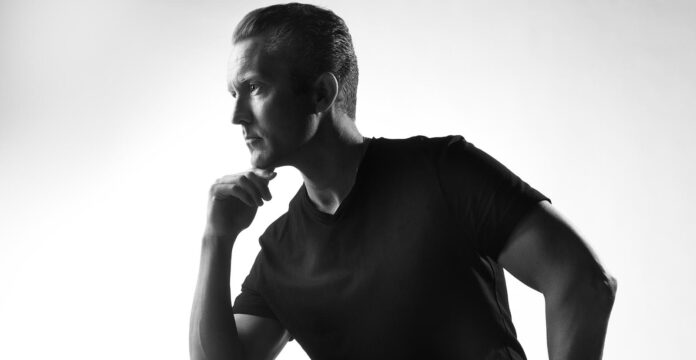As you might know, the price-level in Denmark is very high – suggesting that Danes must be doing something very smartly. Then one day, it hit me: Denmark is covered by design everywhere. Even the trash bags were designed to be user friendly: easy to close and carry out once they are filled. As an innovation economist, I then had to dig into the available data on design and innovation.
In design studies, there are theoretical discussions on the relation between design and innovations. Economic discussions on the topic are scarce but thanks to the Danish Community Innovation Survey, I could examine the likelihood of product innovation and the level of design usage in innovation process. The results were in line with my expectations: Firms that use design in their innovation process are 8 % more likely to have a new to the world product than firms without design are. For market novelties, the probability is over twice as high.
Carita Eklund is a friend of Innolab, who recently defended her doctoral dissertation in economics at the University of Vaasa and currently works at CFA, Aarhus University. During her PhD, she visited Aarhus University and became inspired by the sources of firms’ innovativeness.
Many times, design is misunderstood to be only a layer on top of the product that communicates to the potential users being thus a marketing investment. Yet, design-driven process can also inspire innovations by, for example, solving consumer problems. One good example of this in Finland is the reflectors that are integrated in winter jackets, where as in Denmark one either wears a reflector vest or no reflectors at all (being thus invisible in the dark winter – if they aren’t on their bikes with the mandatory electric lights). An example from Denmark are rainproof backpacks. An important feature in design is a focus on user needs.
We interviewed some innovative Danish manufacturers on their innovation strategies. They had a clear vision on the importance of incorporating user needs into their innovation activities:
“We can make just as much technology, but if we do not fit into any business models [of customer companies], then it is not that interesting.”
“So, in my world, there is innovation, … solutions we can invoice, but they must address customer’s real needs, and it may well be the customer is not fully aware of what the real needs are, but then we will see if we can figure out together how we can do this even better and how we can jump in and say ‘hey, listen to these possibilities that we can bring to the table’, and then we have come full circle.”
“We want to be the specialists, we do not want to be the mass-producing company, we want to deliver solutions and understand what the customer’s needs are, that is what is our core, and then we have to be able to translate the knowledge we have—the hard-core competences with hardware, software and mechanics—and make a product from it.”
While there is no all-fitting roadmap to innovativeness, there are some proficient practices. User focus and design thinking management practice are promising practices.
For research purposes, it is important to be able to estimate efforts used in building innovative capabilities. My dissertation shows that intangible assets are one tool that predicts product and process innovations. For example, having 10 % more organizational assets increase the probability of marketing innovation by 5 % and having 10 % more ICT assets increase the probability of product innovation by 7 % in the following year. In the future, I hope to broaden the intangible assets measures to include design competences. The current types of intangible assets are organizational (management & marketing), ICT and broad research and development assets. As a member of EU funded Globalinto project this might be possible. Overall, the project aims to improve the measures of intangible assets. To follow the project, see our Twitter account https://twitter.com/globalinto and webpage https://globalinto.eu/
- Read Carita’s dissertation, Innovation Capabilities, Design and Cutting Edge: Innovative Growth in the 21st Century, here: https://osuva.uwasa.fi/handle/10024/8204



